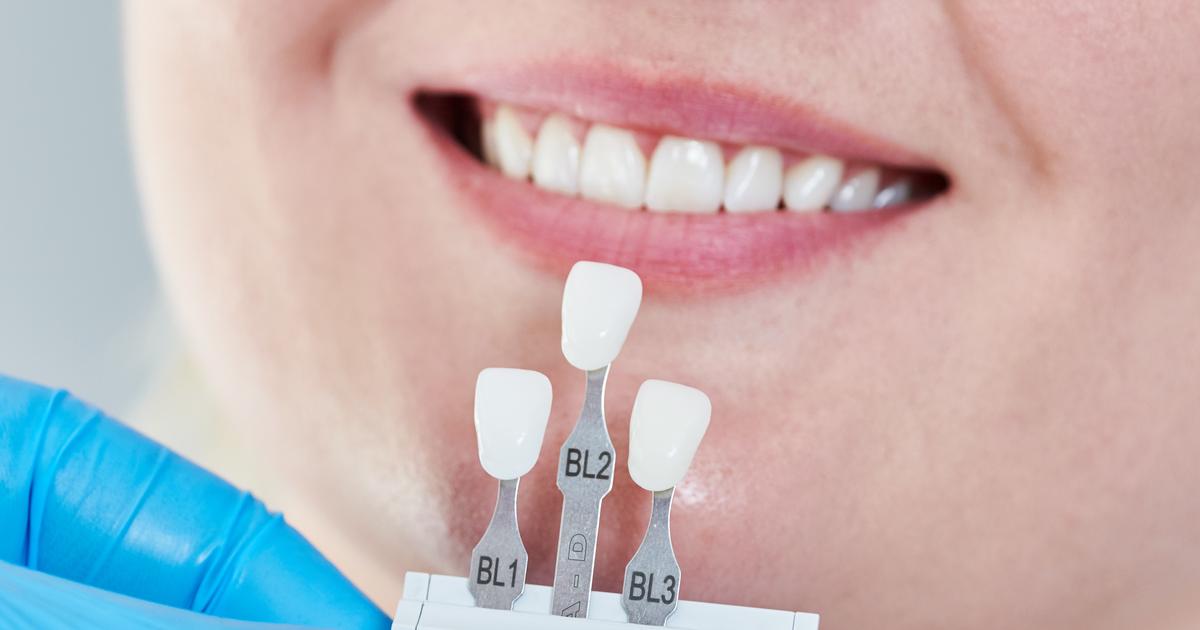Key Warning Signs Of EEC Syndrome
Abnormal Tooth Enamel
Many EEC syndrome patients have abnormal tooth enamel. Tooth enamel is known to be the hardest substance present in the human body, but it is not made of living cells. As a result, tooth enamel is not able to repair or improve itself on its own. Individuals with EEC syndrome encounter a disruption in the process of initial tooth enamel formation as a result of a genetic mutation. The patient may be missing portions of their tooth enamel, or the tooth enamel may be functionally defective. Without the protection of the tooth enamel, the teeth are incredibly prone to severe decay and disintegration. The enamel also protects the dentin layer of the teeth from extreme temperatures, so EEC syndrome patients may have a sensitivity to hot and cold exposures. Severe and continuous pain commonly results from exposed tooth dentin due to the proximity to the underlying nerve roots that make up the pulp in the tooth's root canal. Some individuals will experience early tooth loss, cracked teeth, and other periodontal diseases at a very early age. The degree of tooth enamel abnormality in EEC syndrome patients can range from minimal to extensive and severe.
Get more details on the warning signs linked to EEC syndrome now.
Distinctive Facial Features

Distinctive facial features may develop in some EEC syndrome patients. Maxillary hypoplasia or upper jaw underdevelopment occurs when the maxillary bones or upper jawbones do not fully form. This lack of development causes the patient's face to have a sunken appearance and makes the lower jaw stick out more than normal. Another common facial feature seen in individuals affected by EEC syndrome is a broad nasal tip. This feature is defined by an excessive increase in width of the nose tip that is abnormally disproportional to the width of the top of the nose. The patient may also exhibit an irregularly long philtrum or groove located between the upper lip and the nose. Choanal atresia often occurs in EEC syndrome patients where the choana or back of the nasal passage is obstructed. This blockage occurs when the nasal channels are not formed correctly during the individual's development in the womb. An uncommon distinctive facial feature seen in those affected by EEC syndrome is abnormally small ears. The auricles or outer parts of the ear may also be malformed.
Learn more information about EEC syndrome symptoms now.
